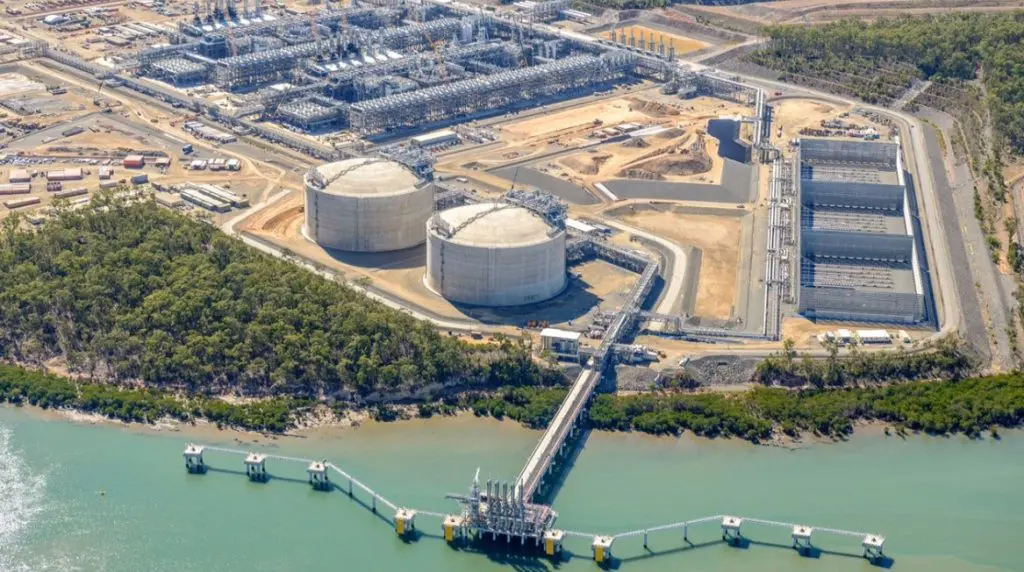This story requires a subscription
This includes a single user license.
Origin said in its quarterly report that APLNG revenue reached about A$2.64 billion ($1.74 billion) in the July-September period.
Compared to the September quarter of 2023, APLNG revenue increased 12.8 percent, while it rose 1 percent compared to the prior quarter.
Origin said that APLNG revenue rose primarily due to higher LNG sales volumes.
The project’s LNG revenue of about A$2.24 billion rose 4 percent compared to the prior quarter and 11 percent compared to the same quarter in 2023.
Origin attributed the rise to higher LNG volumes and higher realized export prices.
The company’s share of APLNG revenue for the September quarter was A$615 million, up 4 percent compared with the prior quarter and a rise of 11 percent compared to the same quarter in 2023.
Origin owns a 22.5 percent in the project and is the upstream operator, while China’s Sinopec owns a 25 percent share in APLNG.
US energy giant ConocoPhillips has a 47.5 percent share in the APLNG project and operates the 9 mtpa LNG export facility on Curtis Island near Gladstone.
Earlier this year, APLNG shipped its 1000th LNG cargo since it started operations in 2016.
34 LNG cargoes
Origin said that APLNG shipped 34 LNG cargoes during July-September, up by three cargoes compared to the same quarter in 2023 and up by one cargo compared to the prior quarter.
The project delivered three spot LNG cargoes during the period.
APLNG’s September quarter realized average LNG price was $11.95/MMBtu, compared to 11.62/MMBtu in the same quarter last year and 11.70/MMBtu in the prior quarter, while average domestic price was A$9.59/GJ.
Production of 173.5 PJ dropped 1 percent compared to the previous quarter and compared to the same quarter last year.
Origin CEO Frank Calabria said that “continued good operational performance at Australia Pacific LNG enabled steady production, while sales volumes and revenue increased compared with prior year to date.”
“Australia Pacific LNG continues to provide material volumes of gas to the domestic market, supporting the needs of manufacturers,” he said.

